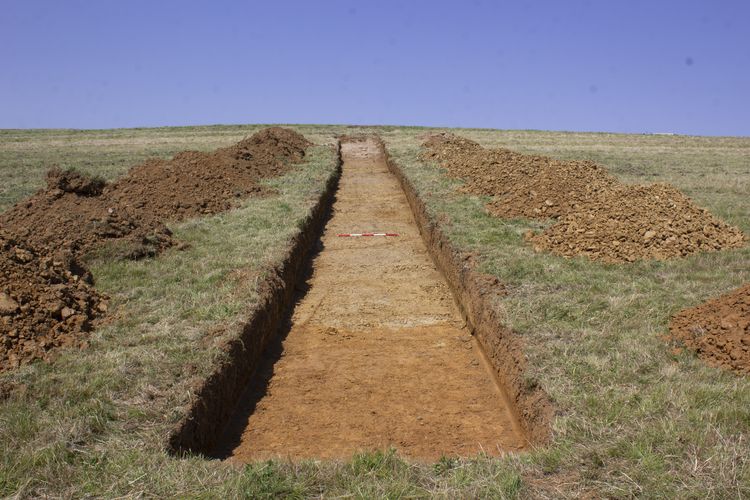For as long as the ADS has existed we have made a charge to some parts of the archaeological sector for the archiving and dissemination services we provide. Until now these charges have been, primarily, for deposits from national agencies (e.g. English Heritage) and the commercial sector (e.g. Rail Link Engineering). We have been fortunate to have benefited from a close working relationship with the holders of AHRC grant funding, and have, due to being in receipt of core AHRC funding been able to offer an archival home for AHRC funded research data with no direct charge to the academic or host institution. As many readers will be aware the AHRC funding from the sister services working under the AHDS umbrella was withdrawn some years ago and, since then, the AHRC have been keen that the ADS look to different funding models to sustain the service after our own AHRC funding ends in 2013.
While maintaining economic stability and planning for economic sustainability in the current ’credit crunch’ climate’’ was always going to be a bit of a challenge, the fact that we had a charging policy and model on which to base future development has been a great help. Our current charging policy attempts to address what has in the past been a thorny issue in an honest and open fashion. We used our experience in undertaking digital archiving to categorise digital preservation into different areas of activity; management and administration; ingest of archive; dissemination work; and a storage and refreshment cost.
While I think our charging policy went some way to de-bunk a few myths about how much digital preservation actually costs by separating out the range of activities involved in the process (it isn’t just the cost of a trip to the computer shop to buy another server!); as you can imagine each archive is different and the proportion of the overall costs allocated to each of these areas of activity varies widely from resource to resource. To misquote Donald Rumsfeld, one of the things that made it especially difficult to cost a project was the element of the ‘known unknowns’. We can never be certain that the data we get will be in a proper state to archive and, if it’s not, that can lead to a great deal of extra work (and cost).
We hope the use of the SWORD-ARM tool for the ingest of data will elevate the project data to the Rumsfeldian realm of the ‘known knowns’. All the questions like; is it the right file format?; does it have good metadata?; have we been given the right stuff?; should have been answered thereby allowing us to keep costs both quite low and allying costs very closely to the actual content of the archive.
The new cost estimation tool covers charges associate with three of the original four areas of archive activity; it doesn’t account for those depositors who may wish to include the design and build of a special online interface to their resource. Apart from that we have tried to keep things simple with a start up fee covering elements of management and administration for each project and then a range of prices usually per file; the more complex the file type the more expensive to deposit. So we’d charge £1 for a .csv file and up to £6 for an .au audio file that takes a lot more time to check, document and preserve. Experience has taught that the only circumstance where we can really benefit from economies of scale is when dealing with image files and that too is taken into consideration within the charging model.
The tool is still under development, but we’ve done the sums and await with interest feedback from our user community when we discuss this with them later in the year.





